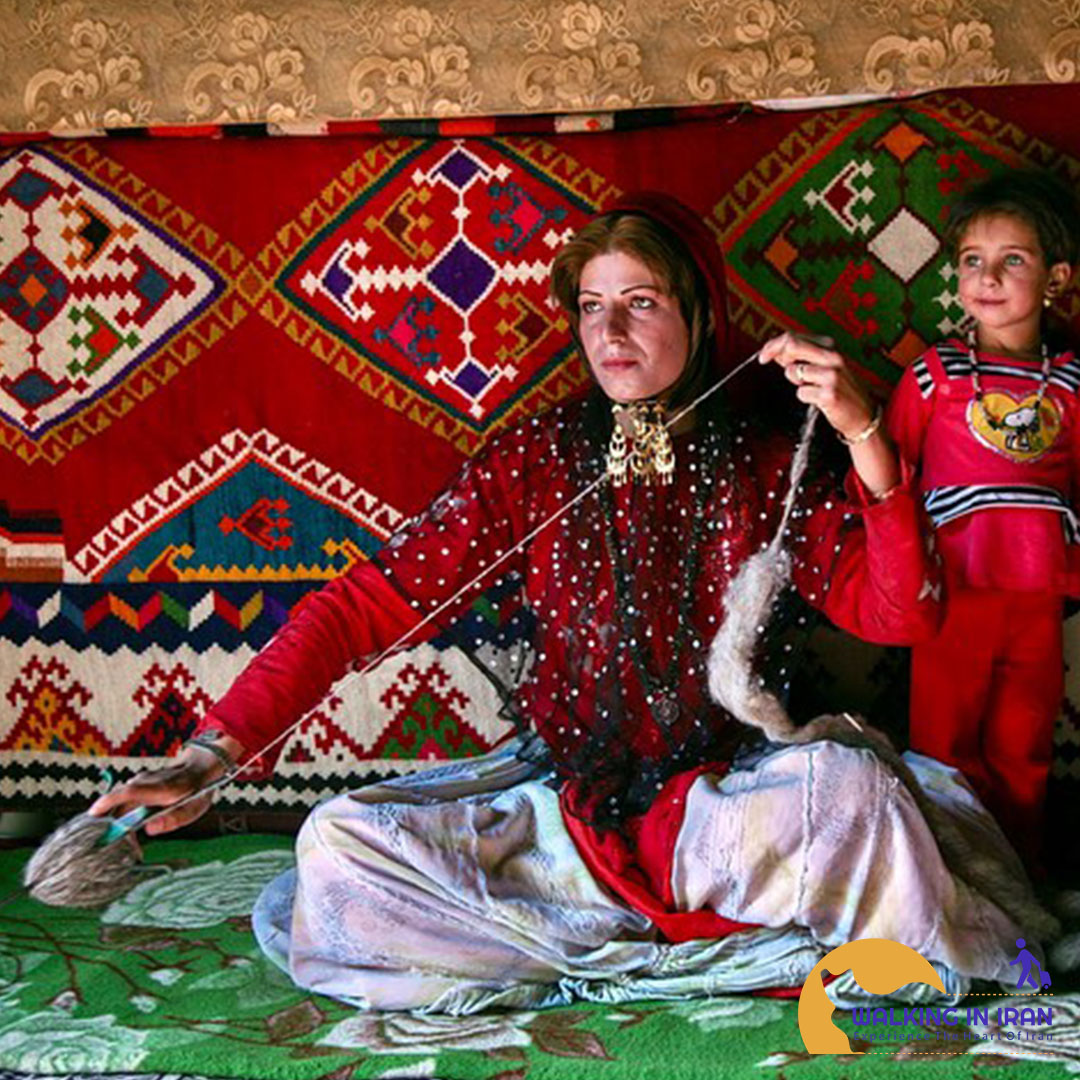Spinning in Iran: an ancient and industrial heritage with many potentials
The spinning industry in Iran has deep roots in the history and culture of this land. This ancient art-industry has been known since ancient times as one of the main pillars of fabric and clothing production in Iran, and Iranian yarn products have always enjoyed a special place in the domestic and foreign markets.
A fruitful history and a bright future
The history of spinning in Iran goes back to the Neolithic era, and this claim is strengthened by the discovery of spinning tools in ancient civilizations of Iran, such as Susa. In the Islamic era, with the flourishing of handicrafts, the art of spinning reached its peak in Iran. Despite the changes and industrial developments, the art of spinning is still alive in Iran and many efforts are being made to revive and develop it.
Yarn production process: from fibers to yarn
The yarn production process includes various steps including fiber preparation, washing, carding and spinning. Natural fibers such as cotton, wool, and silk, as well as synthetic fibers, are converted into yarn after passing through these steps.
Types of thread and its uses
Threads are divided into different types based on the type of fibers used and the production method. Among the most important types of yarn, we can mention cotton, wool, silk and synthetic yarn. Each of these types of yarn has its own uses in textile, clothing, and other industries.


